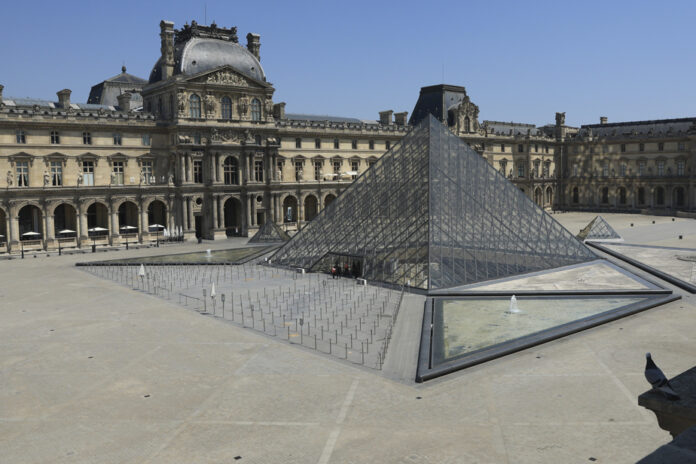(Paris) The Parisian Louvre Museum is hosting 16 works of art, including precious Byzantine icons from Kyiv, in order to protect them from the war in Ukraine, we learned on Wednesday from its president.
“From the start of the war, like other major museum institutions, our concern has been to see how to support our Ukrainian colleagues. In the fall, faced with the intensity of the conflict, we decided on this rescue,” Laurence des Cars told AFP, confirming information from the French daily Le Monde.
Among these works, the largest museum in the world piloted the evacuation: five Byzantine icons from the Bohdan Museum and Varvara Khanenko, National Museum of Arts in Kyiv. They will be on public display from June 14 to November 6, des Cars said.
“It’s a small thing in an ocean of sadness and desolation, but it’s quite a symbol,” she added, “aware of the importance of saving this thousand-year-old heritage in the heart of Europe and of the necessity of transmitting it”.
Eleven other works, “among the most emblematic and fragile” of the Ukrainian museum, selected for scientific collaboration on the restoration of works at the Louvre, will be housed in the reserves, detailed the Louvre.
In October, Ms. des Cars received a Ukrainian delegation of museum representatives, including museum director Khanenko, as UNESCO identified 240 war-damaged sites. The inventory of the Ukrainian Ministry of Culture then listed 468 damaged, destroyed or damaged cultural sites, including 35 museums.
A rocket fell in early October near the Khanenko Museum, blowing out the windows. With the exception of large paintings, the majority of artwork had been “moved to storage, where it is subject to temperature swings and power outages, which our counterparts are concerned about,” Ms. of Cars.
The operation to rescue the 16 selected works, financially supported by the International Alliance for the Protection of Heritage in Conflict Areas, was officially recorded during a visit to Ukraine by the Minister of Culture, Rima Abdul Malak, in February and the works were escorted militarily via Poland and Germany at the beginning of May.
Entitled “At the origins of the sacred image”, the exhibition of Byzantine icons will prefigure the opening in 2027 of a new department of Byzantine Arts and Christianity in the East.















